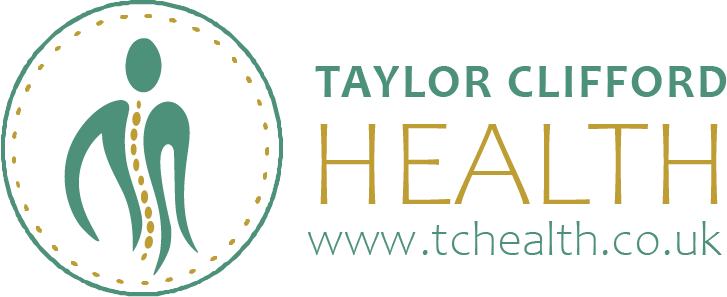The Treatment
We work to return the body to its natural state by activating the body’s healing mechanisms without the use of drugs or surgical intervention. We use gentle techniques including stretching, manipulation, articulation and massage to relieve muscle tension, mobilise joints and to enhance nerve and blood supply to the tissues.
On your initial visit to the osteopath a full analysis will be carried out which can take up to an hour. We will ask you questions about your condition, any symptoms you have experienced and we will go through your relevant medical history.
We will then explain our diagnosis and the cause of your symptoms so treatment may commence. Occasionally, additional investigations may be required, such as an X-ray, MRI or blood tests. This is, of course, to ensure the correct diagnosis and treatment plan.
In such circumstances we will recommend you discuss the matter with your GP.
After your treatment we may recommend further advice about posture; give you exercises, or stretches to do at home and to prevent symptoms reoccurring.
If you are unsure whether osteopathy is the right treatment for you please do not hesitate to call or email me. I will be pleased to discuss your individual needs with you and explain how osteopathy may help.
Will my treatment hurt?
Generally treatment is not painful, however some conditions can make you a little sensitised, and therefore you may get some treatment soreness.
Do I need to consult my doctor before treatment?
It is not necessary for you to be referred by your doctor if you wish to have osteopathic treatment.
However, if it makes you feel more comfortable to get advice from your doctor then you should. Sometimes your osteopath may feel it’s necessary for you to consult your doctor before treatment.


